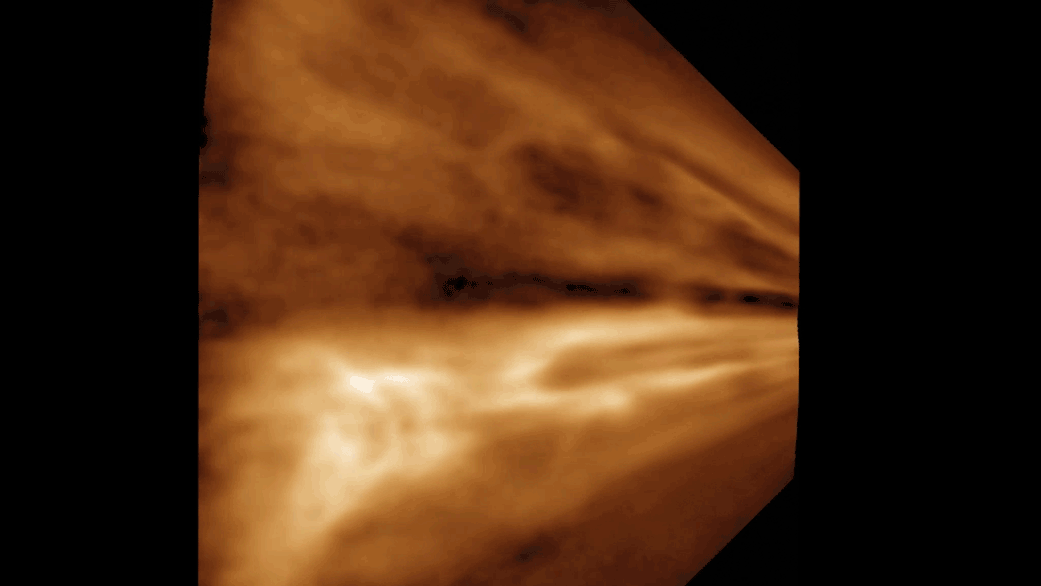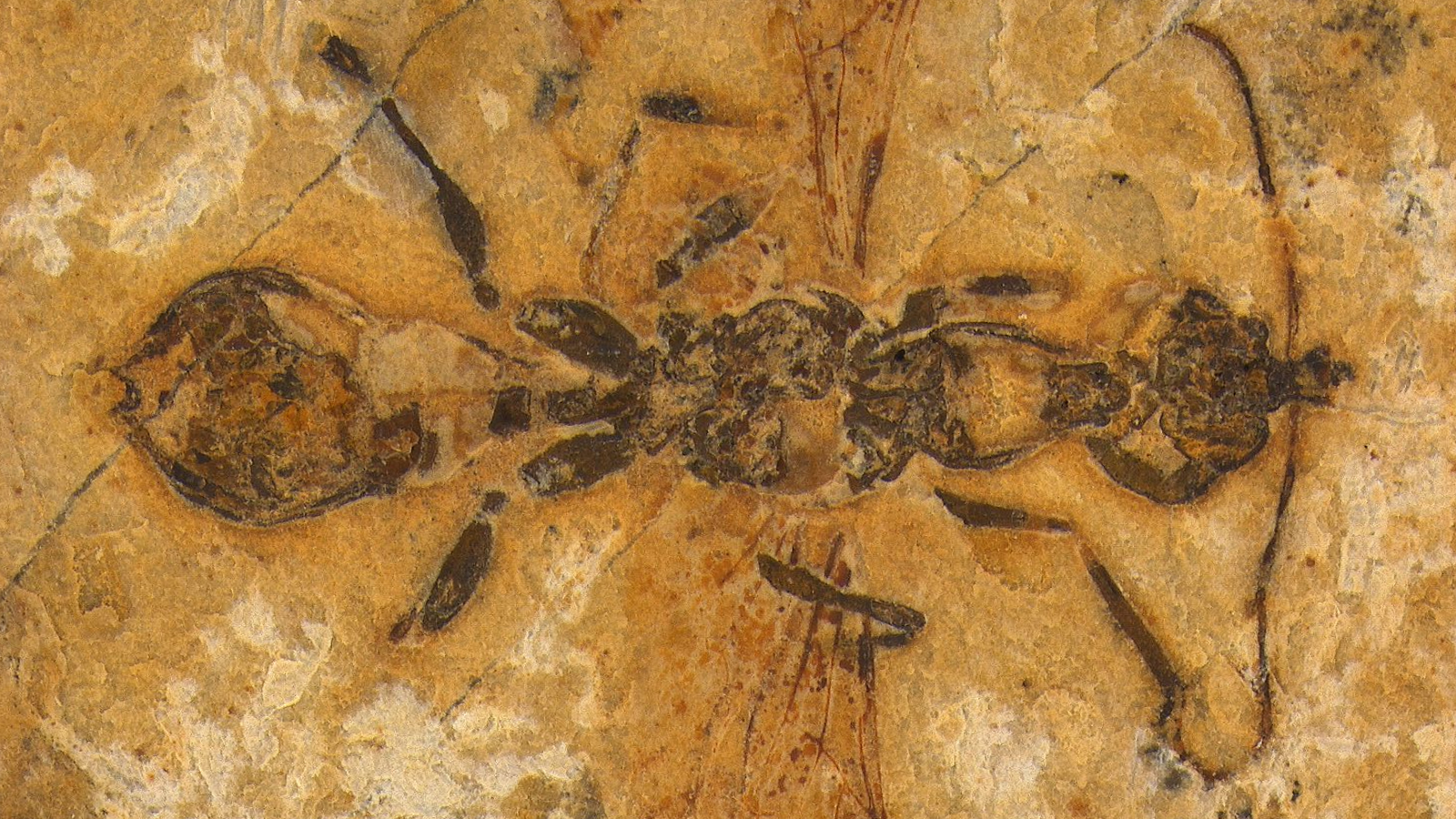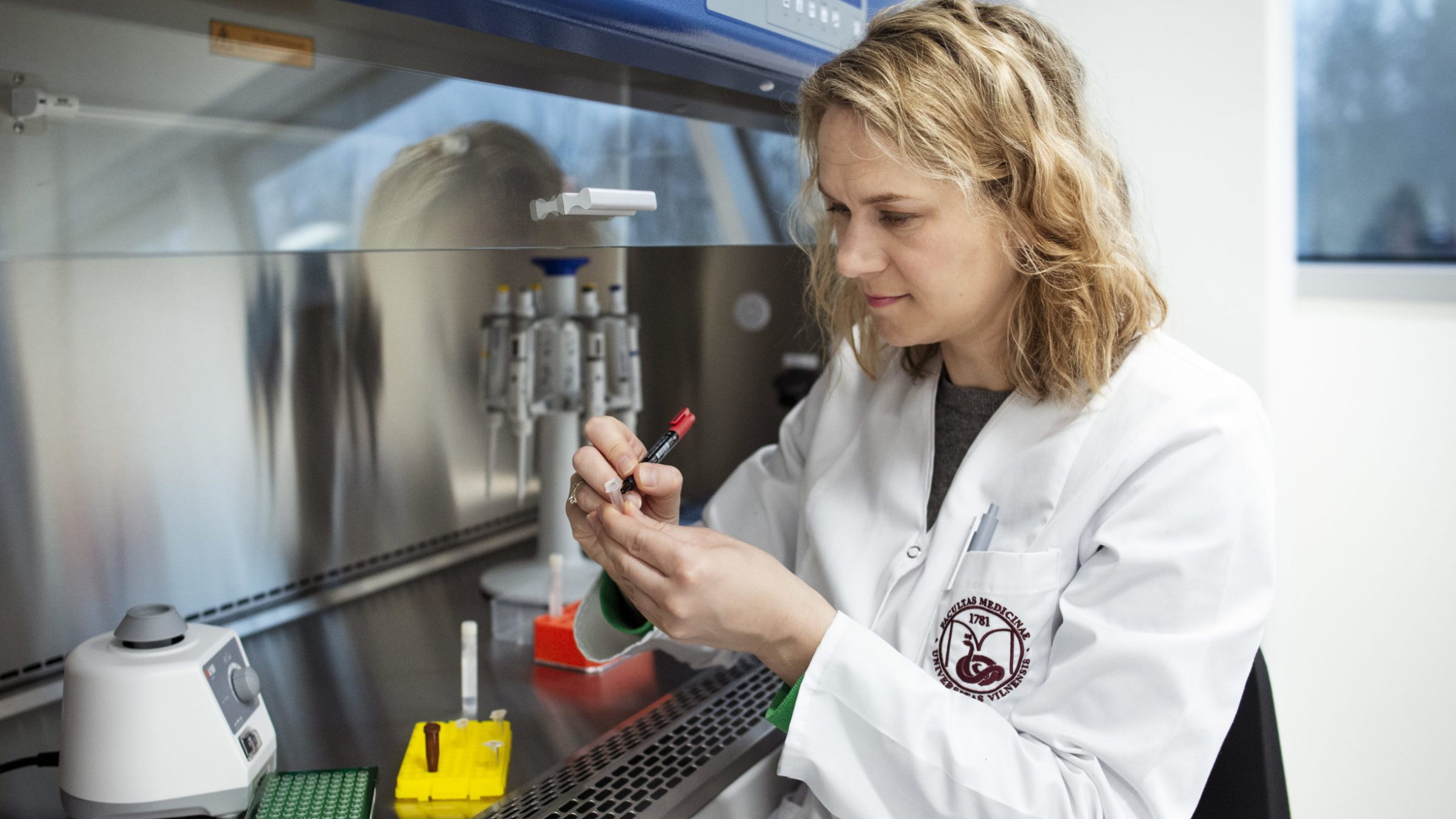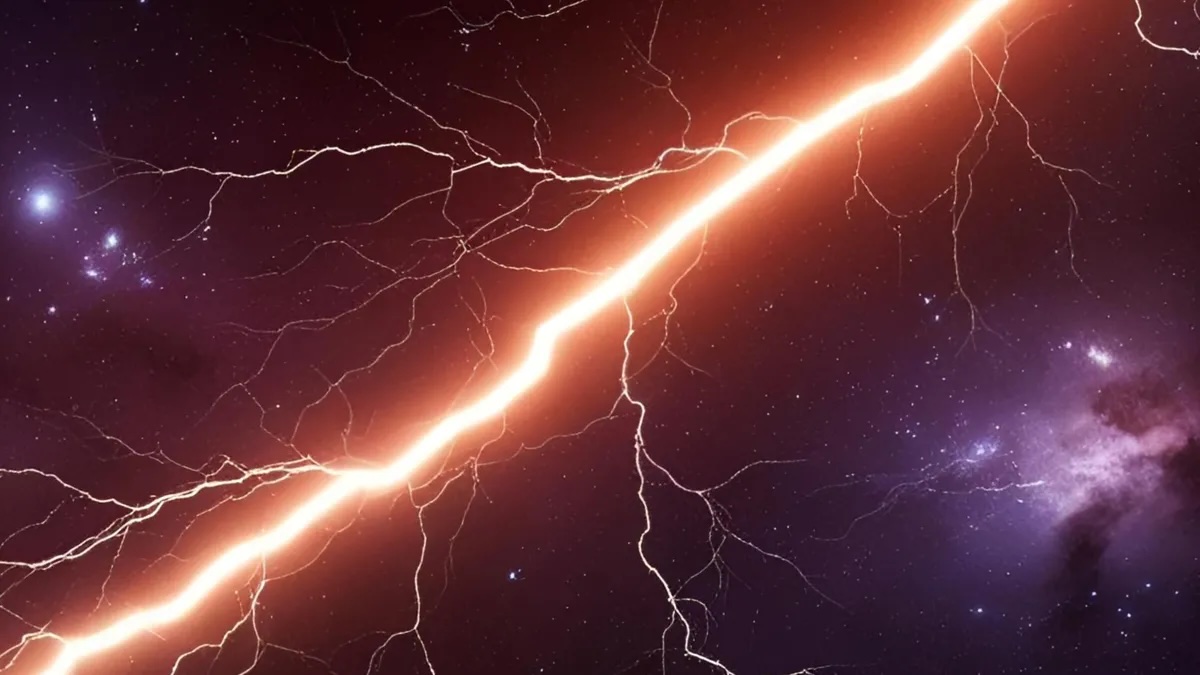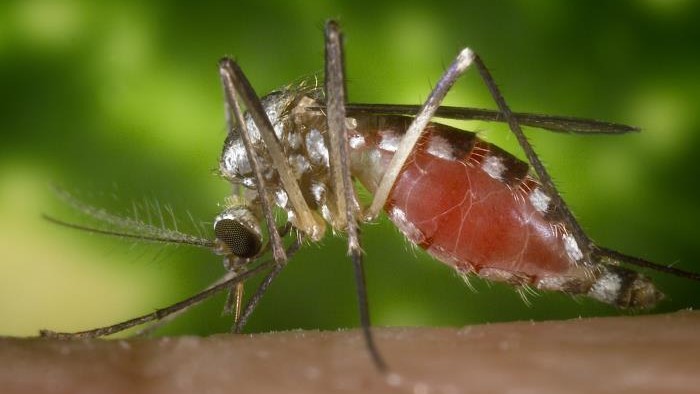The brain may 'move' between related ideas in the same way it navigates from one location to another
Using a mathematical model, scientists explored how the human brain might represent information about physical spaces and about people, places and things. Turns out, it may process both in a similar way.
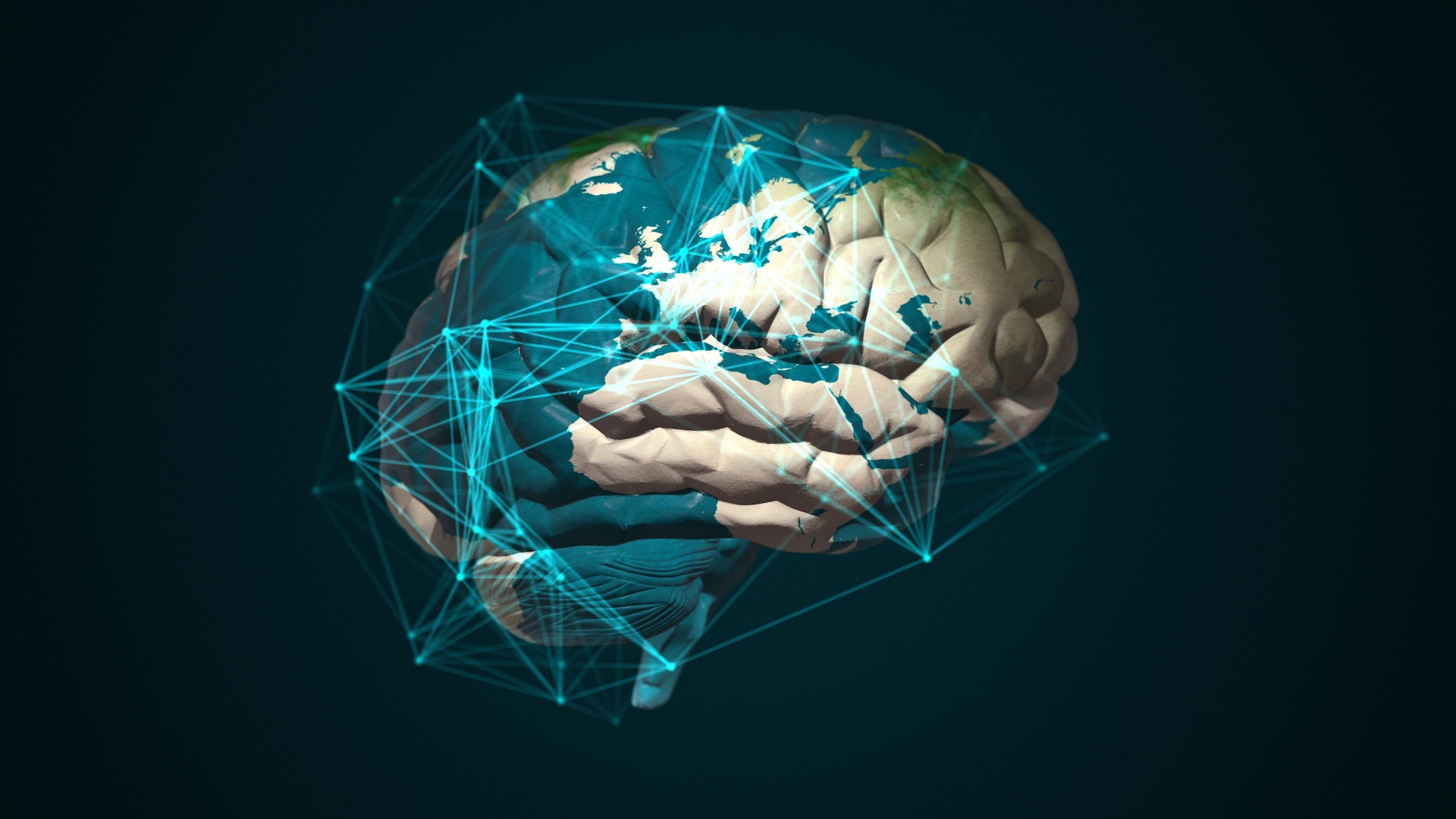
To learn our way around a new city, we often use maps and landmarks to find the quickest and most reliable route between two places. Now, new research shows that our brains might use similar processes to "navigate" between related concepts.
Researchers have developed a mathematical model to examine how the brain represents both spatial and semantic information. The latter includes knowledge about the meaning and significance of different people, places and things; brain activity related to these concepts crops up when a person sees a person, place or thing in real time and when they recall it in a memory.
The model showed how both spatial and semantic information could be represented in the same regions of the brain — and this suggests that the brain can handle both types of information in similar ways, the scientists reported March 10 in the journal PNAS.
Two parts of the brain that focus on memory and navigation — the hippocampus and the entorhinal cortex — both contain neurons that fire when people move through their physical surroundings. They also contain neurons that fire in response to certain concepts or ideas, known as concept cells. This led researchers to suspect these thought processes might be related.
Related: Sherlock Holmes' famous memory trick really works
"Spatial representations and conceptual representations, and also semantic computing and spatial computing, seem very different," study co-author Tatsuya Haga, a computational neuroscientist at the National Institute of Information and Communications Technology in Japan, told Live Science. Semantic and spatial computing refer to how brains and computers process information in these separate realms.
"However, there's a connection between those two different things," Haga said. "So maybe the brain, especially the hippocampus and entorhinal cortex, is using one principle to compute many things, including language."
Sign up for the Live Science daily newsletter now
Get the world’s most fascinating discoveries delivered straight to your inbox.
Haga and his colleagues developed a mathematical model that mimics certain functions in the hippocampus to show how these ways of thinking are related. The model combines two functions that help control how the processing hub shifts from one place or idea to another: a successor representation, which predicts the probability of moving from one physical space to another, and word embedding, which captures the relationships between words.
The team then asked their model to navigate a simulated physical or conceptual space. The "physical" space was a simulated structure, sometimes with separate rooms, while the conceptual space involved traversing the metaphorical "distance" between related words using analogies.
In response to these tasks, the model produced patterns that resemble the activity of two kinds of neurons in the hippocampus and entorhinal cortex: one involved in spatial awareness and another involved in concept recognition.
The team showed that the same algorithm that can be used to navigate virtual spaces can also capture relationships between related concepts, such as countries and their capitals. In this example, to navigate from the concept of "France" to that of "Berlin," the model could first activate a concept cell for capital cities, which would lead it from "France" to "Paris," and then activate an additional cell representing "Germany," which would lead it to "Berlin."
"When you're trying to navigate a maze city, you have to have some kind of map with landmarks and directions," Rob Mok, a computational neuroscientist at Royal Holloway, University of London who was not involved in the study, told Live Science. "And the idea is that you can do that when you're thinking as well."
The model can use various analogies to overcome the metaphorical distance between different semantic concepts.
"So if I'm thinking about a dog, how do I get to 'cat'? Or how do I get to 'king'?" Mok said. "These are different directions, and you might need to navigate in different ways to get there."
The new mathematical model shows one possible way the human brain might process both spatial and semantic information. However, no one has shown whether actual brains learn and process information in the exact same way the model does.
Haga told Live Science that he hopes to investigate this biological mechanism in future work using models that are more similar to biological brains.
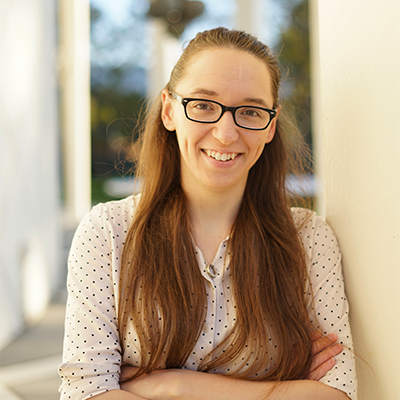
Skyler Ware is a freelance science journalist covering chemistry, biology, paleontology and Earth science. She was a 2023 AAAS Mass Media Science and Engineering Fellow at Science News. Her work has also appeared in Science News Explores, ZME Science and Chembites, among others. Skyler has a Ph.D. in chemistry from Caltech.
You must confirm your public display name before commenting
Please logout and then login again, you will then be prompted to enter your display name.
